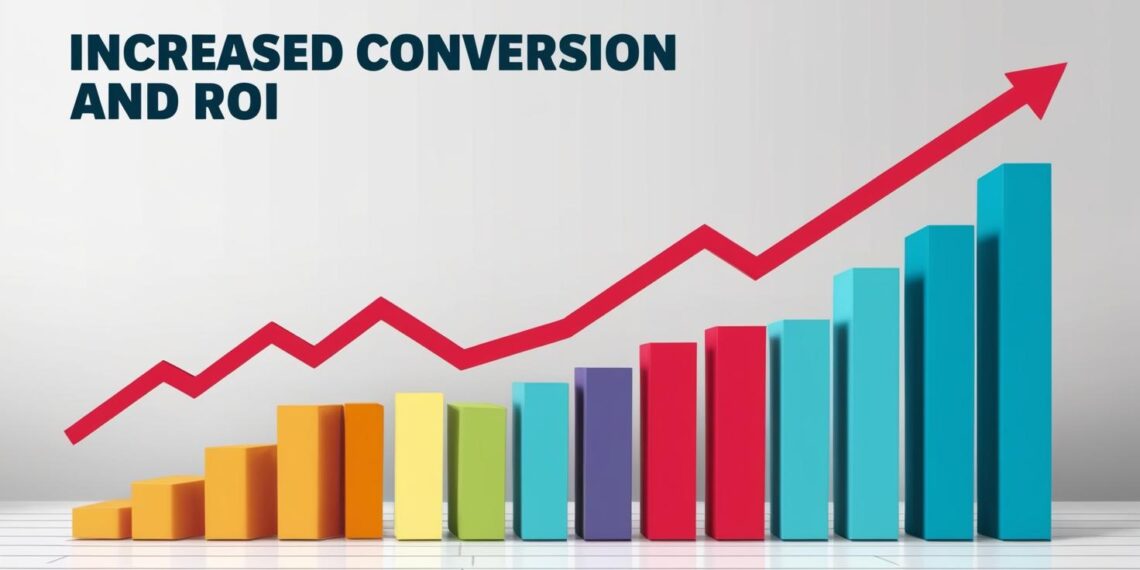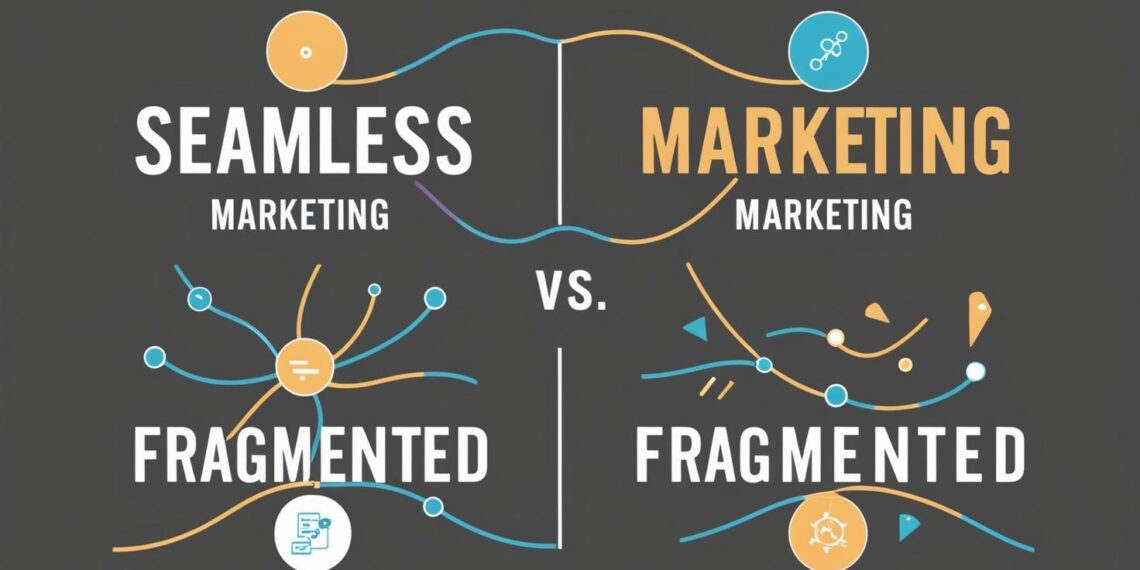In today’s fast-paced digital world, businesses must provide a consistent and engaging customer experience across all marketing channels. This is where seamless marketing comes in. It ensures that every interaction a customer has with a brand, whether online or offline, feels connected, relevant, and personalized.
With the rise of social media, email, mobile apps, and AI-driven marketing, customers expect a smooth, hassle-free journey when engaging with brands. If businesses fail to provide this, they risk losing potential customers to competitors who prioritize a seamless marketing approach.
This article will explore what seamless marketing is, why it matters, and how businesses can implement it effectively.
What is Seamless Marketing?

Definition of Seamless Marketing
Seamless marketing refers to a holistic, integrated approach to marketing that ensures customers receive a consistent brand experience across all touchpoints. It eliminates inconsistencies in messaging, branding, and customer interactions, making marketing efforts smooth and unified.
How It Differs from Traditional Marketing
Unlike traditional marketing, which often involves disconnected campaigns on different platforms, seamless marketing integrates all channels to provide a cohesive experience. Whether a customer interacts with a brand through social media, email, a website, or in-store, the experience should be fluid and consistent.
The Importance of Seamless Marketing in Today’s Digital Age
With consumers constantly switching between multiple platforms—smartphones, tablets, desktops, and even smart TVs—businesses must ensure a smooth, uninterrupted experience across these devices.
Key reasons why seamless marketing is essential today:
- Consumers expect a connected experience – They want brands to remember their preferences, purchases, and interactions.
- Brand trust and loyalty improve – A unified brand experience builds credibility and trust.
- Reduces customer frustration – A disconnected experience confuses customers and lowers engagement.
- Higher conversions and revenue – Customers are more likely to buy from brands that provide a seamless journey.
Key Elements of Seamless Marketing
Consistent Branding
A seamless marketing strategy keeps branding, like the logo, colors, fonts, and messaging, the same across all platforms so the brand is easily recognized.
Omni-Channel Marketing
Omni-channel marketing provides a seamless experience across all platforms—email, social media, websites, apps, and physical stores—so customers receive the same message everywhere.eting efforts. This is part of a customer-centric approach. SS marketing focuses on customer needs and behaviors, ensuring that every interaction adds value rather than just pushing sales.
Benefits of Seamless Marketing for Businesses
Enhanced Customer Experience
Customers appreciate brands that provide personalized, consistent, and frictionless interactions, leading to higher satisfaction.
Higher Engagement and Retention Rates
When customers get useful and timely information at all points of contact, they’re more likely to engage with the brand and stay loyal.
Increased Conversion and ROI

By reducing inconsistencies and creating a smoother buying process, seamless marketing boosts conversion rates and maximizes return on investment (ROI).
How to Create a Seamless Marketing Strategy
Understand Your Audience
- Conduct customer research to understand needs, preferences, and behaviors.
- Use analytics tools to track customer interactions.
Create a Unified Brand Message
- Develop consistent messaging and tone for all platforms.
Maintain a consistent brand voice throughout all marketing materials. Implement Omni-Channel Marketing
- Use multiple marketing channels, but ensure they work together.
- Synchronize campaigns across social media, websites, email, and physical stores.
Leverage Automation and AI
- Use marketing automation tools to personalize customer interactions.
- Implement AI-driven chatbots for real-time customer support.
Monitor and Optimize Performance
- Track customer behavior using analytics and feedback tools.
- Continuously refine marketing strategies for better engagement.
Seamless Marketing vs. Fragmented Marketing

FeatureSeamless MarketingFragmented MarketingBrand ConsistencyHighLowCustomer ExperienceSmooth & ConnectedDisconnected & confusingEngagementHigherLowerROIHigherLower
Common Challenges in Seamless Marketing and How to Overcome Them
Data Silos
- Problem: Customer data is scattered across different platforms.
- Solution: Use a Customer Relationship Management (CRM) system to unify data.
Lack of Coordination Between Teams
- Problem: Marketing, sales, and customer service teams work independently.
- Solution: Foster interdepartmental collaboration through regular meetings and shared goals.
Keeping Up with Technology
- Problem: Rapidly changing digital tools make it hard to stay updated.
- Solution: Invest in automation and AI tools for efficiency.
Real-Life Examples of Brands Using Seamless Marketing
Apple
Apple provides a consistent experience across its website, physical stores, and customer support, ensuring a seamless journey for users.
Starbucks
Starbucks integrates its mobile app, loyalty program, and in-store experience, allowing customers to earn and redeem rewards effortlessly.
Amazon
Amazon’s personalized recommendations, AI-driven search, and seamless checkout process create a frictionless shopping experience.
Future of Seamless Marketing
With advancements in AI, machine learning, and automation, seamless marketing will continue to evolve. Future trends include:
- More advanced personalization using AI-driven insights.
- Voice search optimization to enhance customer experiences.
- Augmented Reality (AR) marketing for immersive brand interactions.
Conclusion
Seamless marketing is no longer an option—it’s a necessity for businesses that want to stay competitive. By ensuring consistent branding, omni-channel presence, and data-driven personalization, companies can enhance customer experiences, boost engagement, and maximize conversions.
The future of marketing is for businesses that adopt seamless strategies, ensuring smooth and hassle-free customer interactions on all platforms.
FAQs
What is seamless marketing?
Seamless marketing is a unified, integrated approach that ensures consistency across all marketing channels.
Why is seamless marketing important?
It improves customer experience, engagement, and brand loyalty while increasing ROI.
How do I implement seamless marketing?
Use omnichannel strategies, AI-driven personalization, and marketing automation tools.
What are the biggest challenges in seamless marketing?
Data silos, lack of coordination between teams, and keeping up with technology.
Which brands use seamless marketing effectively?
Apple, Starbucks, and Amazon are prime examples.














